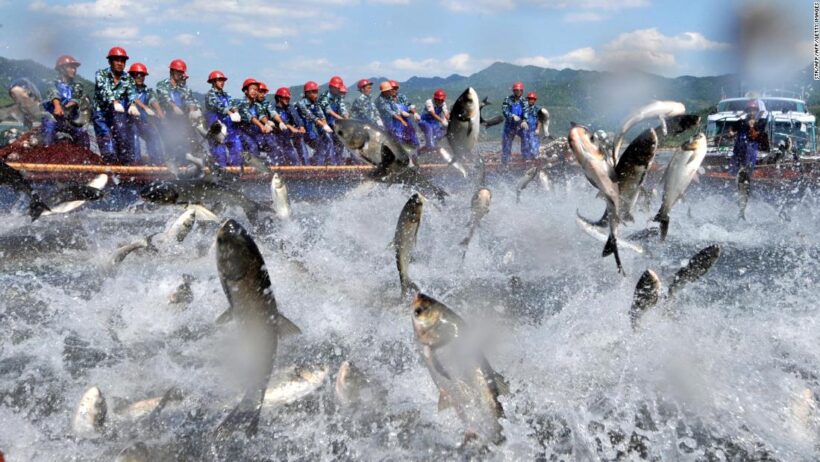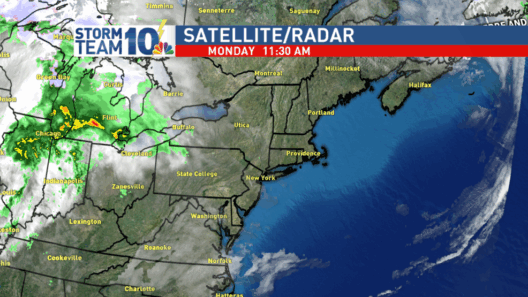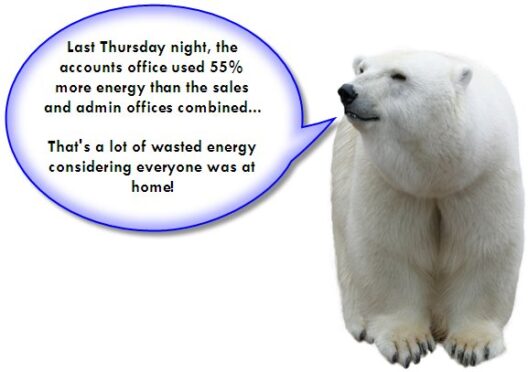Global warming has become an undeniable focus of research and environmental activism, impacting ecosystems across the globe, including the depths of our oceans. An intriguing creature caught in this complex web of ecological changes is the anglerfish, a unique deep-sea dweller known for its bioluminescent lure. While anglerfish do not have the capacity for concern in a human sense, their ecological niche and the impact of climate change raise substantial queries regarding their future and the health of their environment.
The anglerfish, particularly renowned for its peculiar method of attracting prey, thrives in the dark, frigid waters of the deep sea. Its bioluminescent lure not only attracts curious prey but also represents a fascinating adaptation to its habitat. However, the deep-sea environment, while stable in many ways, is not immune to the broader ramifications of global warming.
Understanding Anglerfish Habitat
To comprehend how global warming affects anglerfish, it is crucial to delineate their habitat. Anglerfish predominantly inhabit the abyssal zones of the ocean, where conditions are extreme; temperatures hover near freezing, and the pressures are immense. Yet, despite these harsh circumstances, anglerfish have adapted remarkably well, evolving specialized traits to survive. However, with warming oceans and changing currents, what was once a stable environment could become increasingly precarious.
The Impact of Ocean Warming
As global temperatures rise, ocean temperatures follow suit. This warming can result in a cascade of ecological changes, including altered currents, shifting oxygen levels, and changing food availability. For anglerfish, these fluctuations are consequential. They rely heavily on a food chain that is sensitive to temperature and nutrient distribution. Disruptions could lead to a decline in prey populations, ultimately affecting the anglerfish population itself.
Moreover, ocean warming is also implicated in the phenomenon known as “ocean acidification.” As the oceans absorb more carbon dioxide, their pH levels drop, leading to significant repercussions for marine life. Anglerfish, like many other deep-sea species, may experience detrimental effects from these rising acid levels, potentially disrupting their reproductive cycles and growth rates.
Effects on Prey and Predator Dynamics
The deep-sea food web is intricate, with anglerfish positioned as both predator and prey. Changes in temperature can affect the distribution and life cycles of smaller fish and crustaceans that comprise the anglerfish diet. For instance, as species move toward cooler waters, anglerfish may find their traditional prey scarce, leading to potential starvation.
Additionally, as some species of fish migrate due to warming waters, new competitors may intrude on the anglerfish’s territory. This competition could exacerbate the challenges faced by anglerfish, which may lead to increased predation pressure on their young and a decrease in adult population stability.
Adaptive Mechanisms in Response to Change
Despite these challenges, it’s vital to consider the adaptive capacity of anglerfish. As a species that has thrived in one of the most extreme environments on the planet, they possess remarkable resilience. Evolution often favors traits that enhance survival, and it is conceivable that anglerfish could adapt to changing conditions over successive generations. However, the speed of climate change may outpace their ability to evolve, leading to the potential extinction of certain anglerfish species.
Broader Implications for Marine Ecosystems
The fate of anglerfish serves as a microcosm for the wider marine ecosystem. Healthy anglerfish populations contribute to the balance of their environments, influencing biodiversity and the productivity of their ecosystems. Their decline could serve as an indicator of broader ecological disruptions caused by climate change. This decline not only has implications for other marine life but can also affect humans, who rely on healthy oceans for food, livelihoods, and cultural practices.
Conservation Efforts
Understanding the potential impacts of global warming on anglerfish calls for immediate action in terms of conservation efforts. The development of marine protected areas, reductions in carbon emissions, and initiatives aimed at restoring ocean health can all contribute to mitigating climate change effects. Research focused on how specific species, like anglerfish, respond to environmental changes can also help inform the creation of more effective conservation strategies.
The Role of Public Awareness and Activism
Awareness of the challenges facing species like anglerfish is essential for mobilizing public interest and activism. By educating others about the importance of deep-sea ecosystems, the interconnectedness of marine life, and the effects of climate change, society can foster a collective effort to protect these vulnerable species. Social media campaigns, educational programs, and community engagement can play critical roles in driving attention and resources toward this urgent cause.
Conclusion
In conclusion, while anglerfish may not “care” about global warming in the sentient way that humans do, their existence, and that of their ecosystems, is profoundly affected by the changes wrought by climate change. As agents of balance within their habitats, the plight of the anglerfish reflects broader environmental issues. Protecting their unique adaptations and habitats should be a priority for those concerned about the future of our oceans. By fostering resilience in both marine species and ecosystems, humanity can take meaningful strides toward safeguarding our fragile planet.







